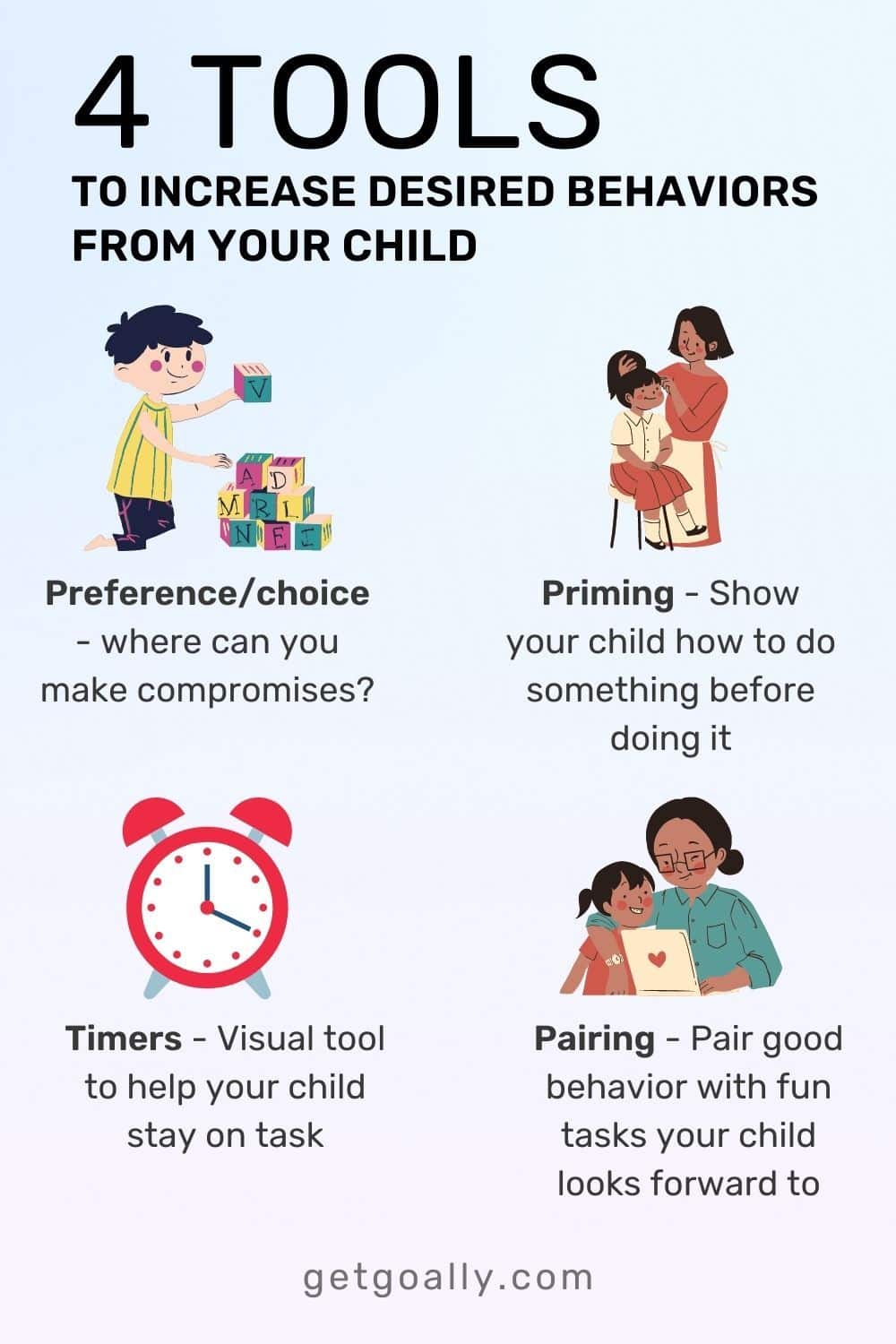Behavior operates as a response to stimuli, influenced by both external factors and internal emotions. It ranges from basic physical reactions to intricate social interactions. Here are a few examples of how behavior manifests:
- Laughing at a joke shows positive social engagement.
- Crying when upset displays emotional expression.
- Touching a hot stove and withdrawing hand reflects an instinctive reaction.
- A child throwing a tantrum signals unmet needs or frustrations.
- Studying regularly for exams exemplifies learned behavior.
In summary, behavior is a dynamic process, acting as a window to our thoughts, emotions, and responses. Goally, a versatile tablet designed for kids, is an excellent tool to foster life and language skills in a fun and interactive way. It facilitates emotional regulation, executive functions such as brushing teeth, bedtime routines, and nurtures social skills through educational videos, making it an invaluable resource for kids with diverse needs.
This post was originally published on May 16, 2023. It was updated on July 14, 2023.















